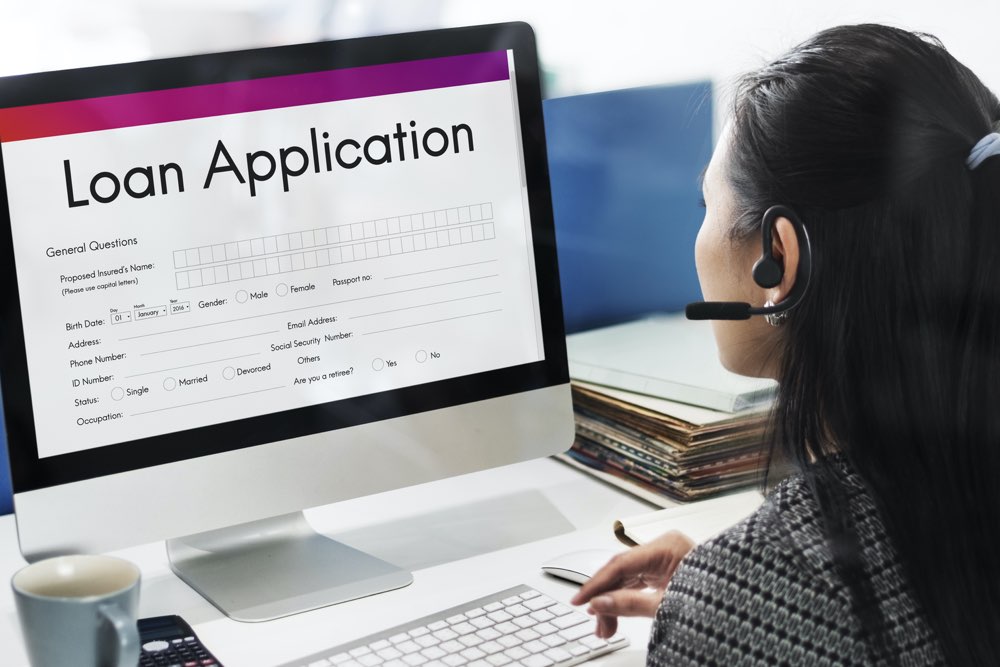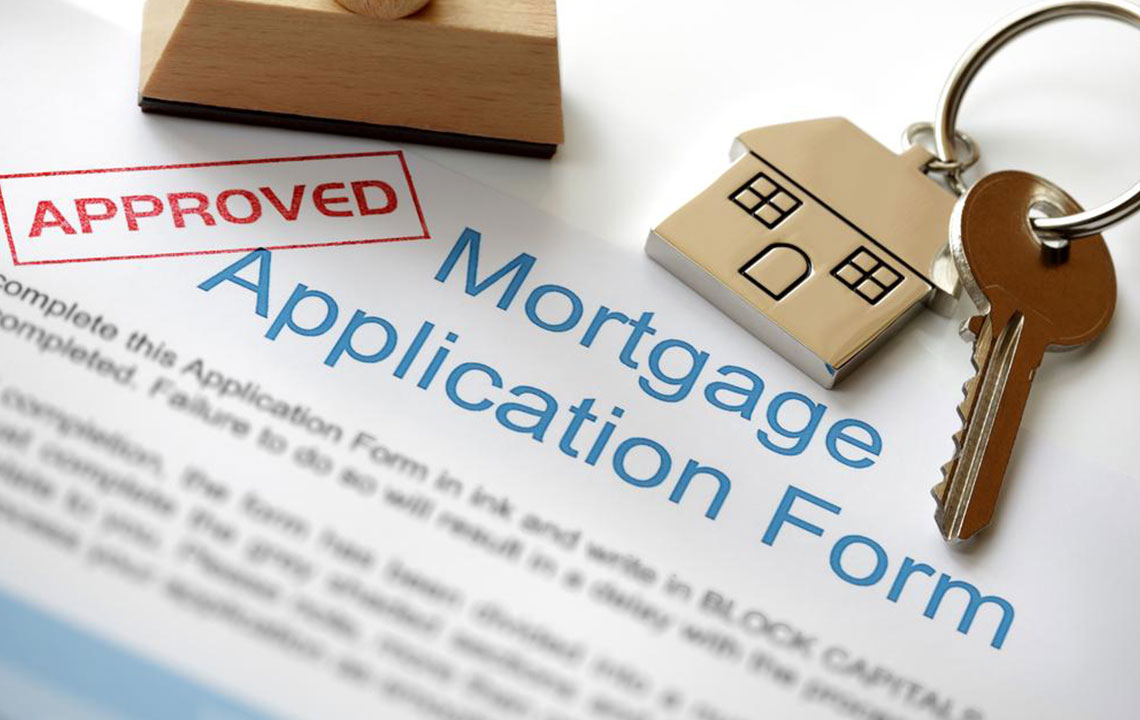Comprehensive Overview of Veterans Home Loan Programs
Discover all you need to know about VA loan options including eligibility, types, benefits, and qualification criteria. This comprehensive guide helps veterans and active military personnel understand how to access favorable mortgage financing to buy, refinance, or improve homes with lower costs and flexible terms. VA loans offer unique advantages like no down payment, no mortgage insurance, and competitive rates, making homeownership more accessible for service members and their families.
Sponsored

Comprehensive Overview of Veterans Home Financing Options
A VA loan, provided through the U.S. Department of Veterans Affairs, offers eligible service members and veterans access to favorable mortgage options. While the VA guarantees part of the loan, it doesn't lend money directly. Instead, qualified individuals can secure financing from private lenders like banks or mortgage companies, often with advantageous terms and lower costs.
Types of VA Home Loans
These include:
Cash-out Refinance
Allows borrowers to access more than 100% of their home equity, enabling debt payoff, home improvements, or savings. VA refinancing often surpasses FHA, USDA, or conventional limits, offering up to 100% of home equity compared to 80-85% with other loans.
Purchase Loan
Enables veterans to buy homes at competitive interest rates, often without a down payment or private mortgage insurance, making it highly affordable.
IRRRL (Interest Rate Reduction Refinance Loan)
This streamlined refinancing option helps veterans lower their current VA loan interest rates without needing income verification or home appraisal.
Native American Direct Loan
Designed for Native American veterans to buy, build, or improve homes on federal trust land, often with lower interest rates.
Adaptive Housing Grants
Provides assistance for veterans with service-related disabilities to modify or build accessible homes to meet their needs.
Am I Eligible?
While VA loans come with many benefits, eligibility depends on service history and other factors. They extend beyond veterans to active-duty personnel, National Guard members, reservists, cadets, and survivors. Typically, service requirements include:
Active duty service of 90 days during wartime
181 days during peacetime
Loss of a spouse in the line of duty with remaining single
At least six years in Guard or reserves
Eligibility lasts a lifetime, allowing qualified individuals to pursue homeownership at any time.
Benefits of VA Loans
No Down Payment Needed
The VA permits 100% financing, eliminating the need for a down payment.
No Mortgage Insurance
Veterans aren't required to pay private mortgage insurance, reducing ongoing costs.
Government Backing
Loan guarantees protect lenders, encouraging favorable lending terms.
Competitive Rates
Lenders set their own rates, so shopping around can secure the best deal.
No Prepayment Penalties
Borrowers can sell or refinance without penalties.
Variety of Loan Options
Adjustable or fixed-rate loans are available for buying, refinancing, or home improvements.
Easier Qualification
Flexible credit and income guidelines simplify approval processes.
Lower Closing Costs
Limits on closing fees help save money.
Funding Fee Flexibility
The upfront fee may be waived for certain disabled or survivor borrowers or paid as part of the loan.
Loan Assumability
VA loans can be transferred to future buyers, potentially increasing property value, especially with low-interest loans in a rising-rate market.
How to Qualify
Qualification involves meeting credit, income, and debt criteria:
Credit Score
While there's no official minimum, most lenders prefer a score of 620+.
Debt-to-Income Ratio
Typically under 41%, including mortgage payments.
Residual Income
Ensures sufficient funds remain after debt and expenses; at least 20% residual income for higher debt ratios.






